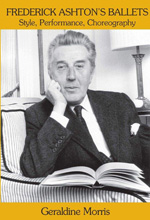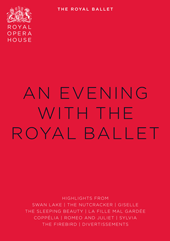Frederick Ashton’s ballet La Fille mal gardée (The Wayward Daughter) is based on an 1828 French ballet, but was inspired by the Suffolk countryside. This is a ballet with both wonderful choreography and a delightful sense of humor. Where else can you see dancing chickens, folk dance, clogging and maypole dancing–all in one performance?
Ballet fans across the country will be able to take in this well-known ballet on May 5th as it shows on the big screen. Find a cinema near you to get a ticket for this classic, danced live by The Royal Ballet.



Here’s a sneak peek for you as well:
Disclosure: 4dancers accepts compensation for promoting this series







